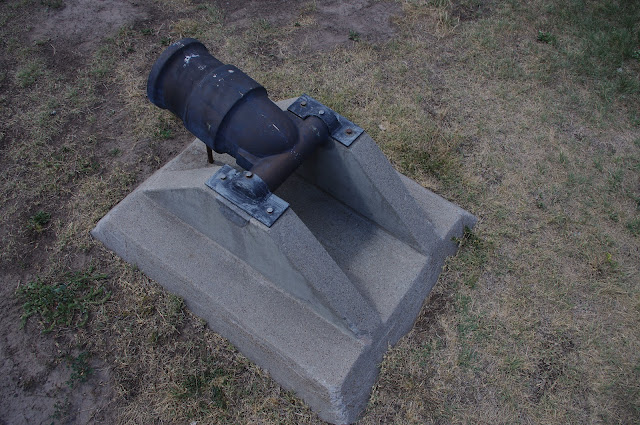This is the the memorial for the Ferdinand Brandstetter American Legion Post in Van Tassel, Wyoming. This was the location of the first American Legion post in the United States. The town must have been much larger at the time, as it hardly even exists now, and the legion post very obviously no longer exist. The American Legion was formed in Paris immediately following World War One, for veterans of that war, and had very active participation almost immediately from veterans of the Great War.
Note: Please see the correction in the comments, this Legion post is in fact still active!

















































